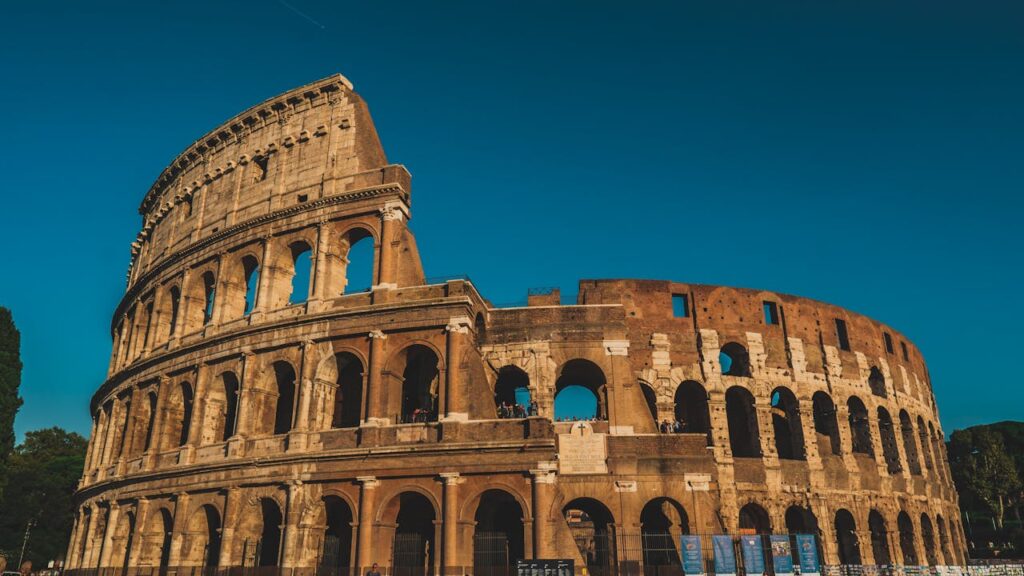Preserving the Past While Building the Future
In the race for development—roads, bridges, industries, malls, and even small housing societies—it’s easy to overlook something deeply valuable: our heritage.
Old monuments, historical structures, and cultural sites are not just relics of the past. They are living storytellers of who we are, where we came from, and what we value.
That’s why, during Environmental Impact Assessments (EIA), Initial Environmental Examinations (IEE), and even in small-scale infrastructure projects, heritage conservation is a critical consideration.
🧭 What Is EIA and IEE?
Before any major development project begins, it undergoes:
- EIA – A detailed environmental assessment for large or sensitive projects
- IEE – A simplified version for medium or low-risk projects
These studies analyze how the project might affect air, water, land, people, biodiversity—and yes, cultural and historical heritage too.
🏛️ Why Are Heritage Buildings Considered?
1️⃣ Cultural Significance
Heritage sites are part of a nation’s identity. Losing them to a construction project is like erasing pages from history. EIA guidelines often require identifying any nearby culturally or historically important sites within the project’s area of influence.
Example: Building a highway near a 500-year-old mosque or fort may disrupt not only the structure but also the local community’s connection to it.
2️⃣ Structural Sensitivity
Old buildings are fragile. Heavy construction work nearby—blasting, excavation, or pile-driving—can damage foundations, cause cracks, or collapse walls.
EIA/IEE studies assess vibration impacts, dust dispersion, and construction-related risks.
3️⃣ Legal Protection
Many countries have laws that protect heritage buildings and archaeological zones. Ignoring them during planning can lead to:
- Legal actions
- Project delays
- Financial penalties
- Loss of social license to operate
In some cases, projects are stopped or shifted altogether to protect a monument.
4️⃣ Tourism & Community Livelihood
Monuments are not just historic—they’re economic. They attract tourists, artists, and researchers.
Any development that threatens these sites could impact local jobs, economy, and identity.
5️⃣ Landscape & Aesthetic Value
Imagine a massive industrial plant next to a centuries-old temple. Even if there’s no physical damage, the visual and emotional impact could be significant.
Environmental assessments consider:
- Landscape integrity
- Aesthetic value
- Spiritual or communal meaning of heritage locations
📋 How Are Heritage Sites Protected in EIA/IEE?
🛑 Key Assessment Points:
- Distance from the heritage structure
- Type of construction activities planned
- Air and noise pollution estimates
- Ground vibration and foundation work
- Wastewater or runoff flow direction
- Lighting, view obstruction, and visual pollution
- Consultations with local heritage bodies, archaeologists, or custodians
🏗️ Even Small Projects Can Have Big Impacts
You don’t need a megaproject to affect a heritage site.
Examples:
- A housing project near an old cemetery or tomb
- Road widening near a historical shrine or well
- Installing antennas or towers near architectural landmarks
That’s why even small-scale projects often undergo IEE, especially in heritage-sensitive zones.
Read More Environmental Bogs here
🛡️ Global Guidelines and Standards
Many countries and international organizations like UNESCO, ICOMOS, and environmental ministries have clear guidelines:
- UNESCO World Heritage Sites must not be disturbed (For detail list visit UNESCO)
- Cultural heritage buffers are defined (often 200–500 meters)
- Some countries have mandatory archaeological surveys before project approvals
🌍 Sustainable Development = Heritage + Progress
Preserving monuments isn’t about stopping progress—it’s about sustainable, thoughtful development.
When developers, engineers, and planners respect history, they also build credibility, community trust, and long-term resilience.
✅ Final Thought: Don’t Build Over History—Build With It
When we protect our heritage buildings, we’re not saying “no” to development.
We’re saying “yes” to a future that honors the past.
So next time you pass by an ancient wall, a weathered mosque, or a forgotten fort—remember, these aren’t just stones. They’re stories.
And every good project plan should leave the best stories standing.

